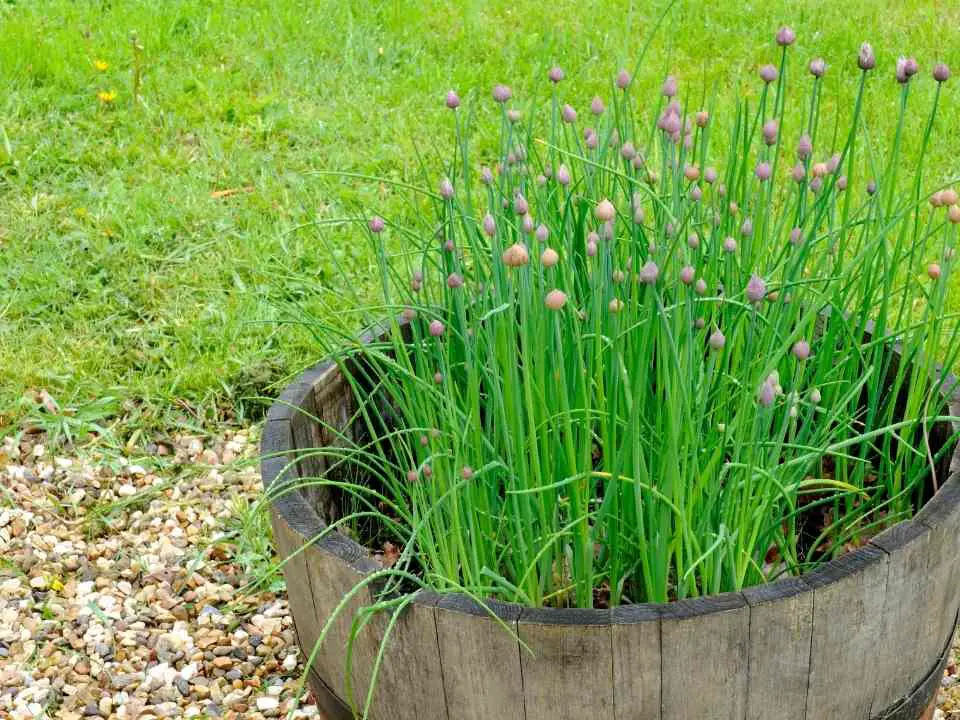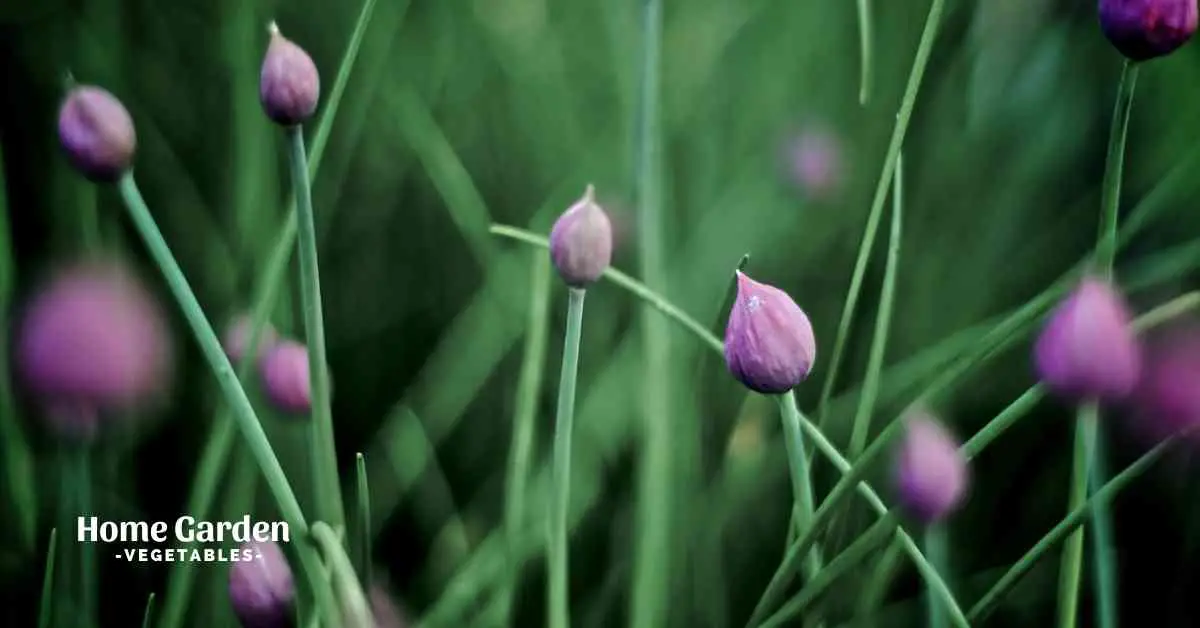Chives, Allium schoenoprasum, are species from the Amaryllidaceae family, with onions, leeks, scallions and garlic also belonging to the same family. The edible leaves and flowers of chives make commonly used herbs, also available in grocery stores. Herb gardens in homes often include chives since they’re so easy to plant and maintain. Start with just a bunch of chives plants, you can divide and spread them each season into a beautiful, well-maintained chives patch.
What kind of plants are they? Are chives perennial? Continue reading, and you’ll find out everything about the herb before you grow it in your garden.
Reader Poll: What online courses would interest you?

What Are Chives?
Chives is a herbaceous perennial plant from the allium family, of which onion is also a member. It forms a bulb under the ground and grows to a height of 12 to 20 inches above the ground. It’s native to Europe and Asia, and also North America according to many sources. Chives have been grown by the Chinese for over 4000 years. Chives have been popular in Europe since the Middle Ages for both culinary and medicinal uses.
Today, chives make a popular kitchen herb that adds a mild onion flavor to dishes. The species is hardy to zones 3 to 10, where it grows easily.
Description Of The Plant
Chive plants grow erect above the soil and produce small bulbs from the roots under the soil. The scrapes or stems are soft and hollow, but become stiffer before the emergence of flowers on the tips. The plants grow in clumps and bear large purple flowers in spring. Chive flowers are a dense cluster of 10 to 30 inflorescence. They can acquire a height of 18 inches once the plants are fully mature.
Subscribe to our newsletter!
Are Chives Perennial?
As you would have already guessed, chives are perennials. You’ll only need to plant them once in your garden. Chives will come back on their own, season after season with a fresh flush of leaves and flowers for your kitchen. In the favorable conditions, chives plants can continue to thrive for several years in your garden.
During the first couple of months, chives will require some care. Once they’re fully mature, chives plants are hardy, drought-tolerant perennials.
Chives appear to wilt and appear die to the ground after the first hard frost. But dont worry they are dormant through the winter. The bulbs under the soil are still alive and resting, waiting for the weather to warm up.
As soon as the warm temperatures of spring set in, you’ll see fresh new growth appear from the ground. The clump continues getting thicker each season as the plants reseed. Later in spring or early summers, buds appear. Chives flowers are edible, just like the leaves, and taste best when picked just after the buds open.
If you want to prevent chives from spreading by seed simply prune the flower heads when they appear.
What Are The Ideal Growing Conditions
To grow chives as perennials, you’ll need to give them the ideal conditions they require to thrive. Once you have the conditions right chives are low maintenance. So what do chives require to continue giving fresh herbs year after year? Here’s a list you need to keep in mind
Soil
Chives prefer soft, fertile and well-drained soil. Since your chives crop will stay in place for multiple years, it needs a rich soil to start with. Incorporate about 4 to 6 inches of well-rotted compost into the top 8 inches of the soil before planting the seeds or transplants.
Sunlight
Though they can tolerate light shade, chives do best when grown in full sun. 6 to 8 hours of direct, uninterrupted sunlight is best for their development.
Temperature
Seeds can be sown in the ground outside as soon as the soil can be worked in spring. For planting transplants, you’ll need to wait until all dangers of frost have passed. Chives are perennial and survive all the seasons. However germination and growth is at its very best when the temperatures are between 60ºF to 70ºF.
Water
Although chives are drought tolerant once mature, young chives plants will need to be watered consistently to assist root development. Consistent watering is also important for mature plants if you want higher yields throughout the growing season. A thin layer of mulch, grass clippings or shredded leaves for example, will conserve soil’s moisture during periods of no rain.
Food
Over-fertilizing isn’t good for chives, as is the case with most other herbs. Excessive doses of nitrogen will boost aggressive green growth but the plant will lose its flavor. Nonetheless, the plants will use up the soil nutrients and may start to lose their vigor over the years as a result. At the beginning of each season apply a light application of 5-10-5 fertilizer. This will help the plants grow healthily throughout the rest of the year. For container grown chives apply a balanced liquid fertilizer diluted at half the recommended strength will keep the plants in good shape.
Conclusion
Chives are perennials. Moreover, they are easy to plant and to care for. With just a little effort on your part, you can have a thriving chives patch for years. Harvest leaves all year round for a pop of fresh green color to your recipes. At spring time, you can enjoy the added bonus of fresh purple flowers in salads and stir-fries. The blooms are just as palatable as the scrapes.

